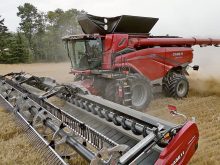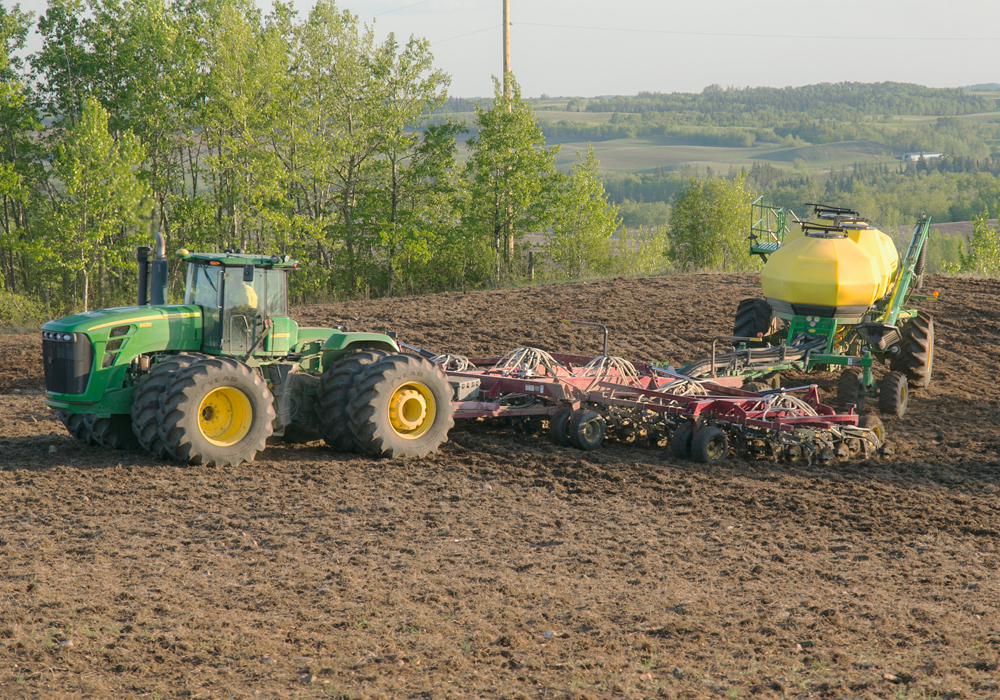Forage producers, exporters and government representatives will visit the United Arab Emirates and Saudi Arabia later this month in an effort to create another export market for Canadian forage crops.
But it isn’t a trade mission, said Glenn Friesen, a forage specialist with Manitoba Agriculture and member of the delegation.
The purpose is to gather intelligence about the forage marketplace in those two countries.
“(It’s) to meet with the decision makers and talk about what their needs are,” Friesen told the Manitoba Forage Council’s Hay Day held Feb. 17 at Agriculture Canada’s Brandon Research Centre.
Read Also

Final crop reports show strong yields, quality
Crops yielded above average across the Prairies this year, and quality is generally average to above-average.
“Let’s figure out what they want … and maybe we can work with them to change, or tweak, some of the wants, so that Canada can provide (forage).”
Joining Friesen on the fact-finding mission will be forage producers and exporters from Manitoba, Saskatchewan and Alberta and representatives of the Ontario Forage Council and Agriculture Canada.
Of the two countries, Friesen said the UAE looks the most promising in the short term.
Although it’s best known for the resort city of Dubai and the Palm Islands, a man-made archipelago configured in the shape of a palm tree, Friesen said the UAE is also investing heavily in farming.
It has established an agriculture extension system and built multiple research stations across the country. However, concerns over dwindling ground water resources have forced the UAE government to rethink its irrigation policies.
Friesen said the government plans to end its irrigation subsidy for Rhodes grass in August, which is planted to feed camels, goats and other livestock.
Last year, the UAE imported 600,000 tonnes of alfalfa and 200,000 tonnes of grasses, primarily from the United States and Spain.
Friesen said imports could rise to 1.2 million tonnes per year once the subsidy for Rhodes grass is gone and grow to two to three million tonnes within several years.
However, Canadian forage producers who want to tap into that growing market need to export the best forage possible to differentiate Canada from other exporters, said Allen Tyrchniewicz, an agriculture consultant in Winnipeg.
“Not… ‘I’ve got some of this stuff sitting in the back shed. I want to move that.’ That’s not going to get us very far,” Tyrchniewicz said.
Over the last few months Tyrchniewicz has worked as a consultant for the Canadian Forage and Grassland Association, a new national body representing forage producers.
He said creating a national forage organization would pull together and focus the efforts of provincial associations.
Friesen agreed.
“The U.S. has National Hay Association. Australia has its (Australia Fodder Industry Association).… We compete against them and they’ve got their act together.”















